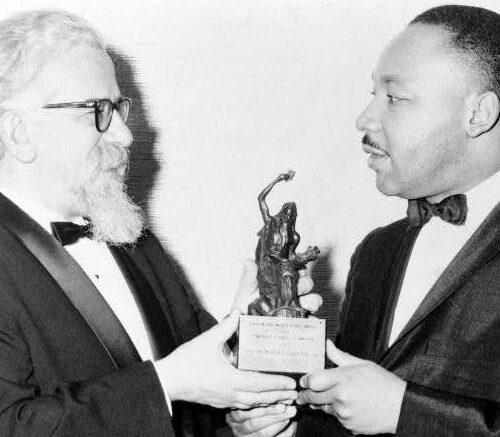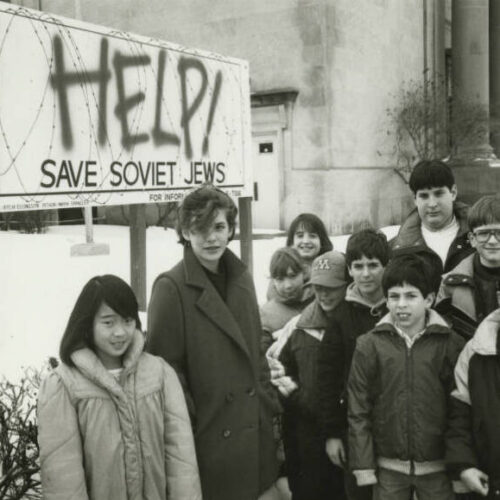Lessons
Where Will I Stake a Home? Jewish Culture and Identity in Diaspora

State standards
Results
Length: 60-120 minutes | Grades: 6-12 | Themes: home and homeland
Lesson Overview
Since 70 CE, when Jews were exiled from ancient Israel by the Roman Empire, Jewish communities have lived across the globe in what is known as the diaspora. For nearly two thousand years, Jews have migrated from place to place preserving their traditions, adapting to new environments, and contributing to the cultures around them. Throughout this long history, Jews have often lived as minorities, sometimes welcomed and integrated, other times treated with suspicion or hostility. Despite facing violence, displacement, and exclusion, Jewish communities have remained resilient and creative, maintaining a shared identity while embracing local influences.
In this lesson, students will explore the history and experience of the Jewish diaspora. Through poetry, short films, and thoughtful discussion, students will consider what it means to belong, to adapt, and to carry a sense of identity across different places. They will also create their own poems reflecting on the idea of “home” and their personal connections to place, memory, and community.
Enduring Understanding
The Jewish diaspora is a consequence of exile from the Land of Israel and Jews have experienced multiple forced exiles in the past 2,000 years.
In a diaspora, communities experience otherness yet also demonstrate resilience and cultural adaptation.
Essential Questions
What is the Jewish diaspora?
What challenges and opportunities does living in the diaspora present?
How have Jewish people been othered while living in the diaspora?
How have Jewish people had to demonstrate resilience in the diaspora?
Learning Objectives
Students will be able to develop an understanding of the consequences of the diaspora for Jewish people, emphasizing their relationship to each other, non-Jewish communities, and their ancestral homeland.
Students will be able to describe the relationship between diaspora, otherness, resilience, and cultural exchange.
Toolkit
-
Where Will I Stake a Home? lesson plan
-
Where Will I Stake a Home? slide deck
-
Where Will I Stake a Home? Jewish Diaspora handout
-
Where Will I Stake a Home?African Diaspora poems handout
-
Hanukkah Lamps resource
-
Kimchi on the Seder Plate video
-
Jewish Above Ground video
-
A-WA Music video





